Introduction
In our daily life, we are thinking about Viral Infection and their symptoms, when we get infected by any infectious virus such as the flu or the chickenpox. But ever you ask, what’s actually happening in your body when you have been infected by a virus?
In biology, viral infection means viruses are started to increase their numbers by using your (Host) replication mechanism. The viral life cycle is completed in 5 steps, first of all, the virus recognizes the host then enters into the host cell.
After that, it provides information to produce viral DNA or RNA and then produces more virus particles by using the host’s resources. After completion of viral particle production, it assembles them and releases them from the host body.
Steps of Viral Infection
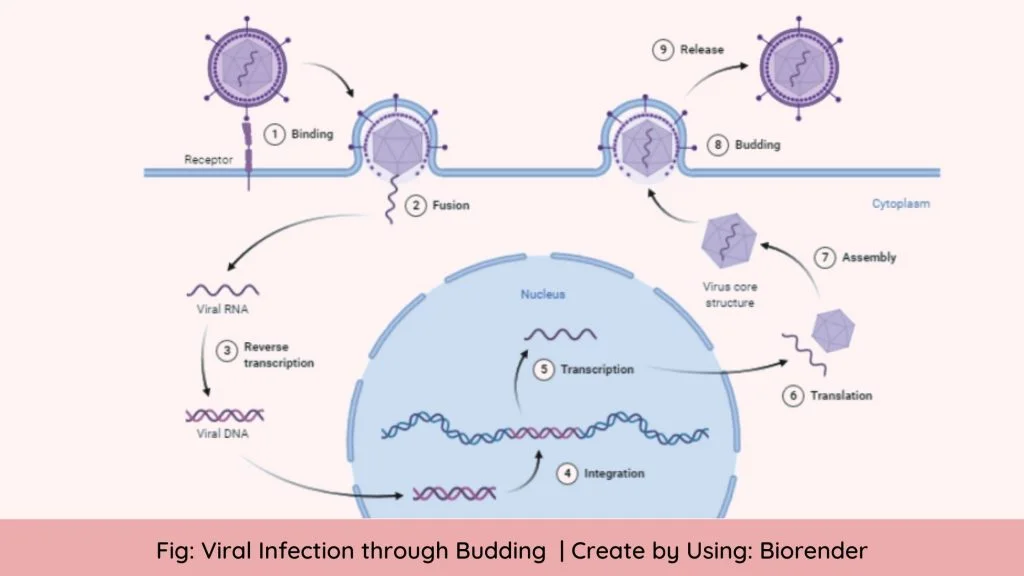
During viral infection, the virus will hijack the host’s replicating system and started to replicate its genome. During this process, the virus produces dramatic biochemical and structural changes in the host cell, as a result, it may cause cell damage which is known as cytopathic (causing cell damage) effects. In cytopathic (causing cell damage) effect the virus may alter the cell functions or destroy the cell.
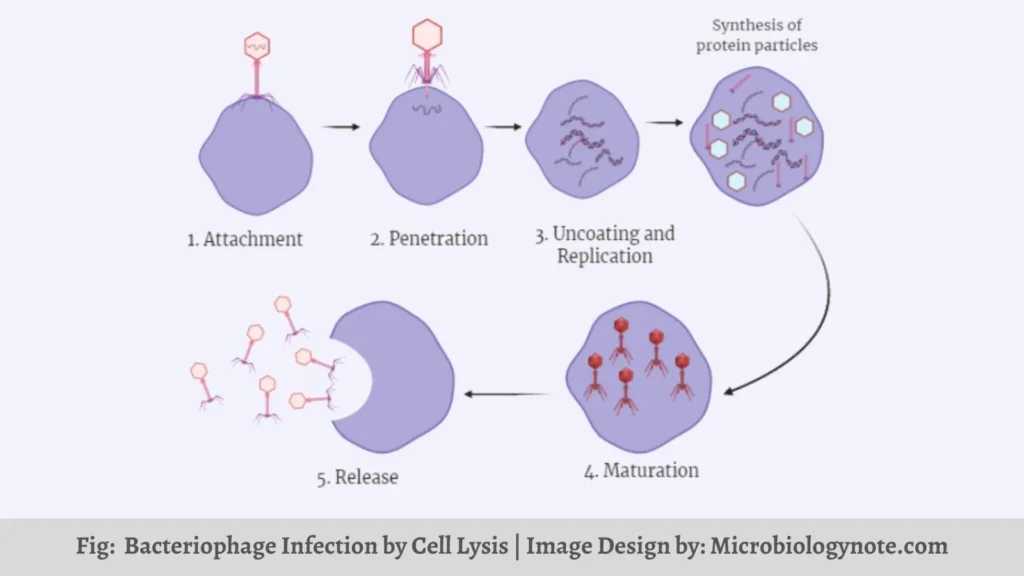
The viral infection and replication is accomplished by these following six steps such as
- Adsorption
- Penetration
- Uncoating
- Viral genome replication
- Maturation
- Release
1. Adsorption or Attachment
- It is the first step of viral infection, in this step the virus particles get attached with the host’s cell surface by using a receptor (This receptor is located on the cell surface).
- Viruses use receptors to recognize its specific host cell, these receptors are made us of proteins.
- Virus contains an attachment protein which is embedded within the viral envelope and made of glycoproteins. This attachment protein binds with the receptors on the host cell and helps in attachment or adsorption of the virus.
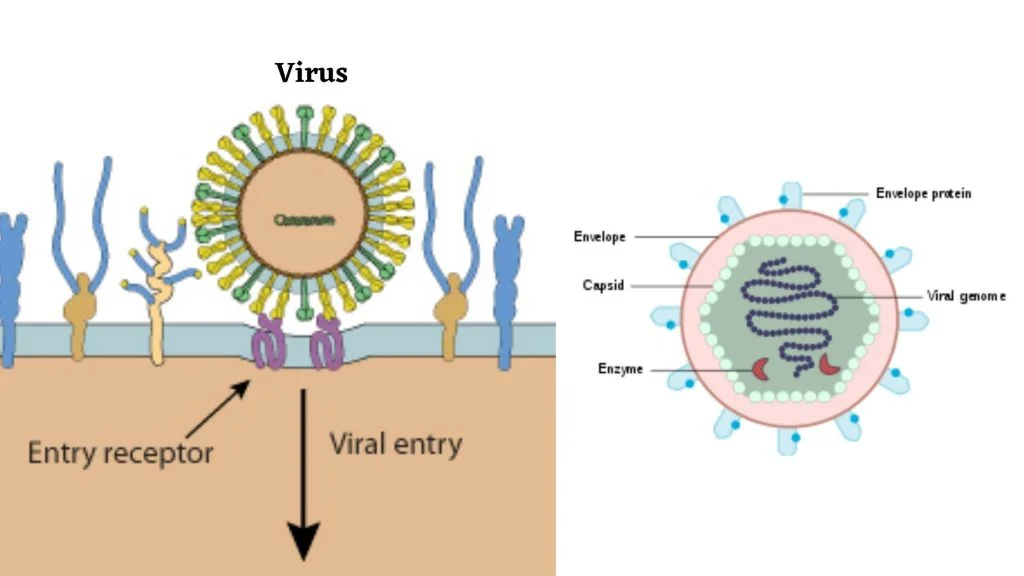
2. Penetration or Entry
- In the second step of viral infection, the virus releases its genome within the host cell.
- The bacteriophage accomplished this process by injecting its naked genome within the host and leave the capsid at the outside of the host cell.
- The animal and plant viruses use the endocytosis mechanism to penetrate the host cell membrane. In this method, the host cell membrane surrounds and engulfs the entire virus.
- Other enveloped viruses fuse their envelope with the cell membrane and enter within the cell.
Different Methods for Viral Penetration
There are present three methods by which viruses are penetrate or enters within the host cell such as;
- Through membrane fusion:
Most of the enveloped viruses follow this method. In this method the viral receptors interact with the host’s receptor located on the cell surface. Then the virus started the puncture of the membrane or fusion with the host cell.
Example: This method is followed by HIV, KSHV and herpes simplex virus.
- Through endocytosis:
This method is followed by those viruses that lack an envelope. In this method the cell membrane of the host cell ingests the virus.
Example: This method is followed by poliovirus, Hepatitis C virus, and Foot-and-mouth disease virus.
- Through Genetic injection:
This method is followed by most positive-sense, single-stranded RNA viruses. In this method the virus gets attached to the cell surface and then injects its genome within the cell and leaves the rest of the virus on the surface.
Example: This method is followed by bacteriophages
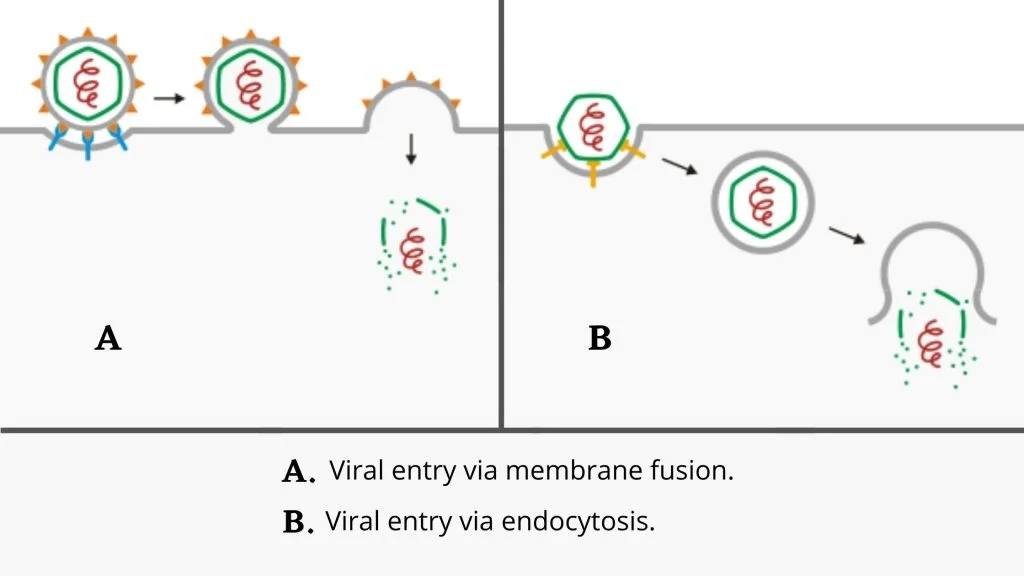
3. Uncoating
- After entering the host cell the viral capsid is removed and degraded; nucleic acid is released in the cytosol of the cell and gets ready for replication and transcription.
- The viral capsid is degraded either by host enzymes or by the viral enzymes.
4. Viral genome replication and gene expression
- In this step, the viral genome is started to replicate and expressed to produce viral proteins so that new virus particles can be assembled.
- The replication process of nucleic acid varies based on the types of the viral genome. The virus-containing DNA uses the host’s replicating components (proteins and enzymes) to produce more DNA and then transcribed to messenger RNA (mRNA). After that this mRNA is used for protein synthesis.
- The RNA virus produces viral genomic RNA and mRNA from core RNA by using it as a template, then the mRNA synthesize viral enzymes and capsid proteins from the host cell.
- During replication the viral genes can directly synthesize the missing proteins, enzymes which are required for the replication if the host cell does not provide them.
- In HIV (retrovirus), it can produce DNA from RNA by using the reverse transcription process after that this DNA is incorporated into the host cell genome.
- Retroviruses carry a specific gene which encodes the reverse transcriptase enzyme that helps in the conservation of RNA into DNA.
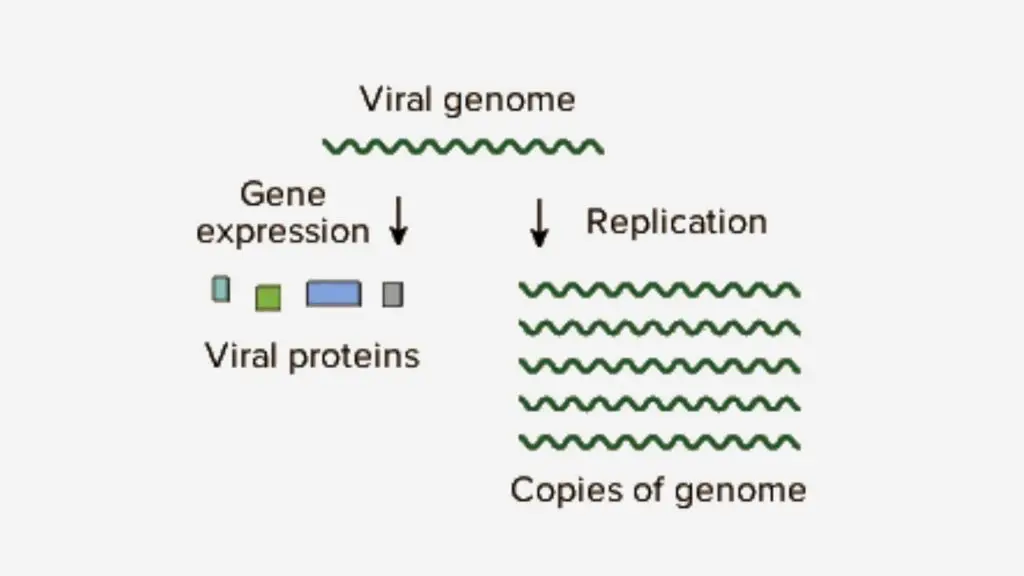
5. Maturation or Assembly
- After completion of the de novo synthesis of the viral genome and proteins, all the particles are started to assemble to form a new virus.
- In this process, all newly formed capsid proteins get together and form capsomers. After that, these capsomers interact with each other and form a full-sized capsid.
- Head-tail or complex viruses first formed their capsid then stuff the viral genome within it.
- Other viruses directly formed their capsid around the viral genome.
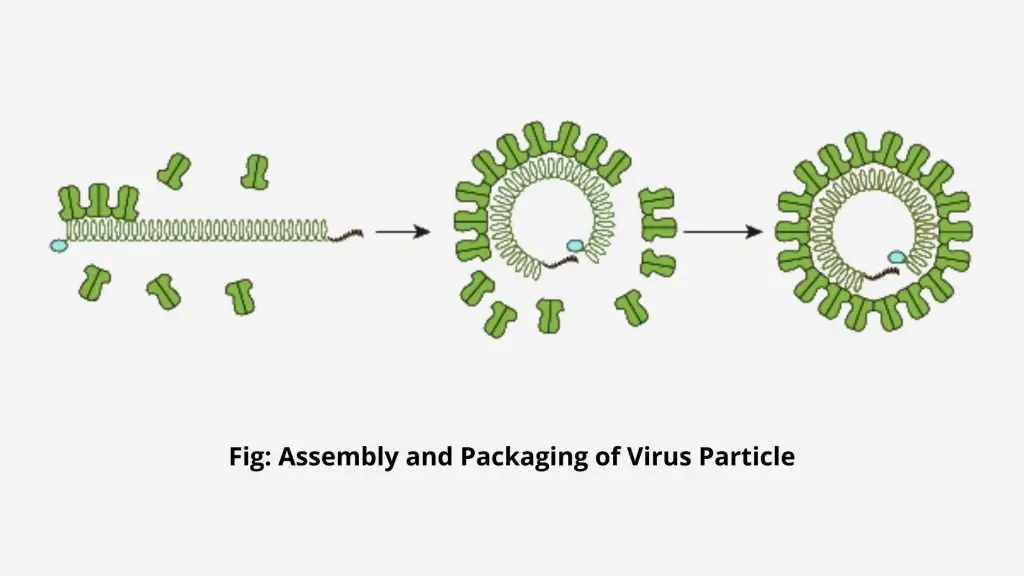
6. Release
- It is the last stage of viral infection, during this step after the assembly of virus particles, they are released from the host cell and started to infect other cells.
- Newly formed viruses follow two different methods to release from the host cell such as; lysis and budding.
- The virus which follows the lysis process is known as cytolytic, during this process, the host cell is dead.
- The budding process is followed by the enveloped viruses for example influenza a virus. In this process, the viruses are released from the host cell by budding as a result it does not kill the infected cell and is known as cytopathic viruses.
- The remaining viral proteins on the host’s cell membrane after releases of virions, they act as potential targets for circulating antibodies.
- The remaining viral particle within the host cytoplasm can be processed and presented at the cell surface on MHC class-I molecules, where they are recognized by the T cells.
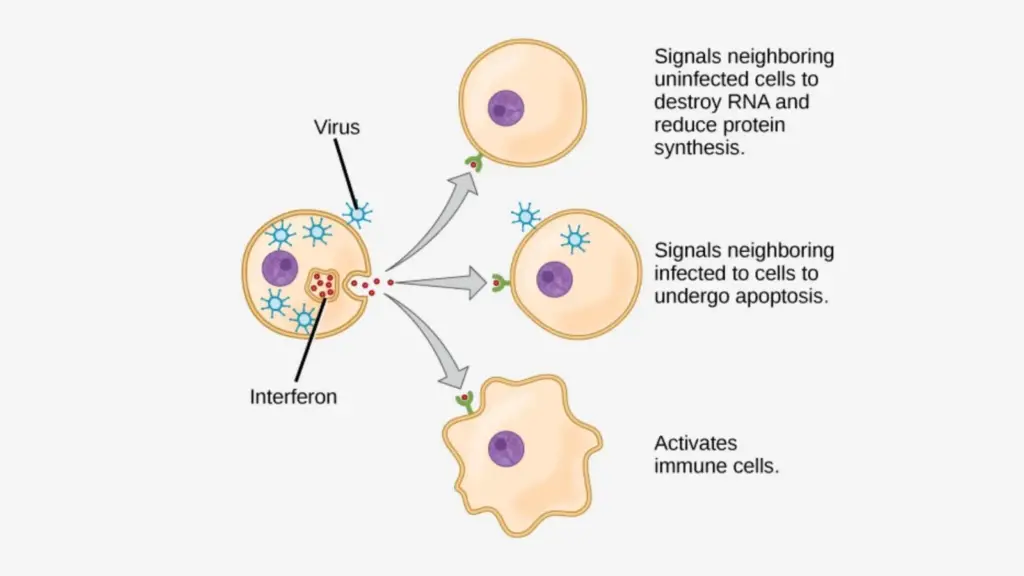
FAQ on Viral Infection
What are the steps in viral replication?
The viral infection and replication is accomplished by these following six steps such as
Adsorption
Penetration
Uncoating
Viral genome replication
Maturation
Release
What is viral replication?
Viral replication is a biological process, in which viruses increase their number by replicating their genome within the host cell. During viral replication at first the virus infect a specific host cell, then hijack the host cell’s replicating system. After that it uses the host’s replicating mechanism to produces more copies of viral genome.
- Text Highlighting: Select any text in the post content to highlight it
- Text Annotation: Select text and add comments with annotations
- Comment Management: Edit or delete your own comments
- Highlight Management: Remove your own highlights
How to use: Simply select any text in the post content above, and you'll see annotation options. Login here or create an account to get started.